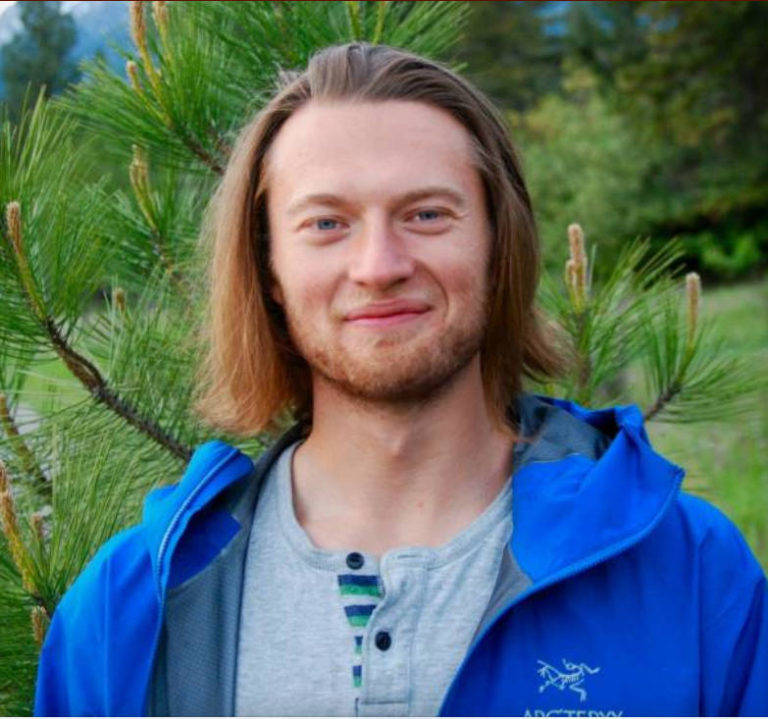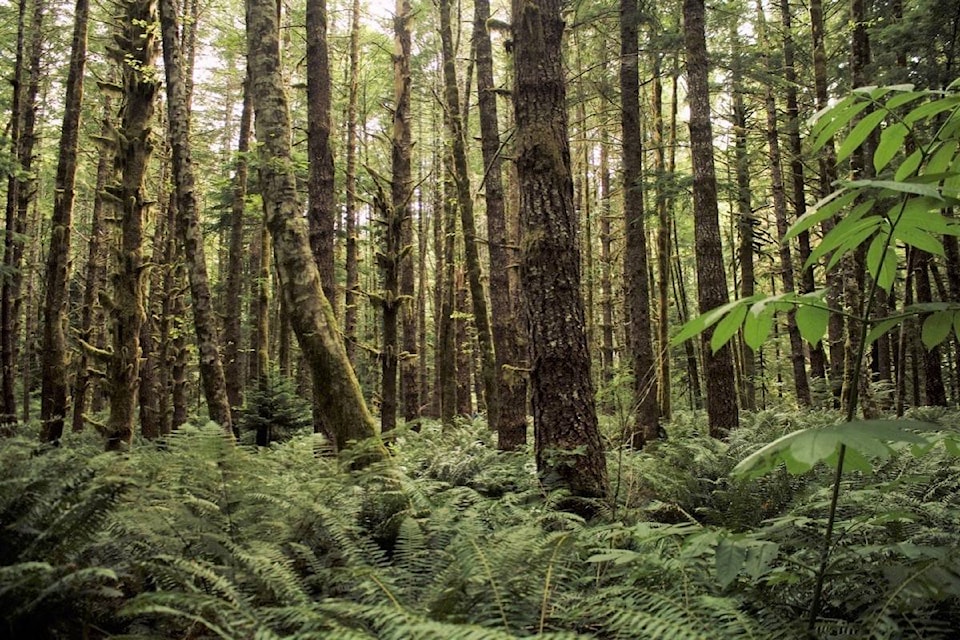One year has passed since the release of A New Future for Old Forests, a thorough provincial old growth report, yet little has been done to stop old growth logging.
Premier Horgan and the BC NDP promised to fully implement the report’s recommendations.
But instead of an immediate deferral of critically threatened old growth, our globally unique ancient forests continue to be loaded onto logging trucks.
The report authored by Gary Merkel and Al Gorley presents a pathway to protect old growth and transform the way we use, value, and view our forests in B.C.
The authors urge the minister to consider the report’s recommendations as a whole, noting that “had previous old forest strategies and recommendations been fully implemented, we would likely not be facing the challenges around old growth to the extent we are today, i.e., high risk to loss of biodiversity in many ecosystems, risk to potential economic benefits due to uncertainty and conflict, and widespread lack of confidence in the system of managing forests.

In September, Forests Minister Katrine Conroy deferred logging in nine old growth areas, but very few of the forests in these areas were immediately threatened by logging or made up of productive old growth forests.
Pressure continues to build on the province to take meaningful action.
The Union of BC Indian Chiefs (UBCIC) passed a resolution calling on the province to work with First Nations to protect old growth forests while engaging and supporting Indigenous communities.
The UBCIC also called for funding to support Indigenous-led land-use plans, Indigenous Protected Area management, private land purchase, and conservation economies.
B.C.’s recent budget did not include dedicated funding for old growth.
At least eight communities and regional districts, including Victoria and Nanaimo have passed resolutions calling on the government to protect old growth and immediately implement the old growth panel’s recommendations.
The BC Chamber of Commerce has also supported expansion of old growth forest protections.
In jurisdictions around the world old growth logging has become an archaic practice of the past.
Yet here in B.C., we’re logging like there’s an endless supply of old growth.
In the 1990’s the U.S. “Timber Wars” in Oregon, Washington, and California, brought about the Northwest Forest Plan which largely ended the practice of logging ancient giants on public lands.
In 2001, the state of Western Australia banned the logging of old growth forests.
In 2002, New Zealand banned the logging of its irreplaceable old growth forests on public lands.
Today, less than three percent of B.C.’s productive old growth forests are left and the majority of these forests are at risk of being logged in the near future.
John Horgan’s government has to chart a new course.
These forests are worth so much more standing than they are logged.
Let’s protect these globally unique forests and ensure that we are leaving an old growth legacy for future generations.
Wildsight is calling on the provincial government to protect old growth immediately, starting with deferring logging in the most at-risk productive old growth forests.
Eddie Petryshen,
Wildsight Conservation Specialist
